Home>Furniture & Design>Outdoor Furniture>How To Care For An Outdoor Fern
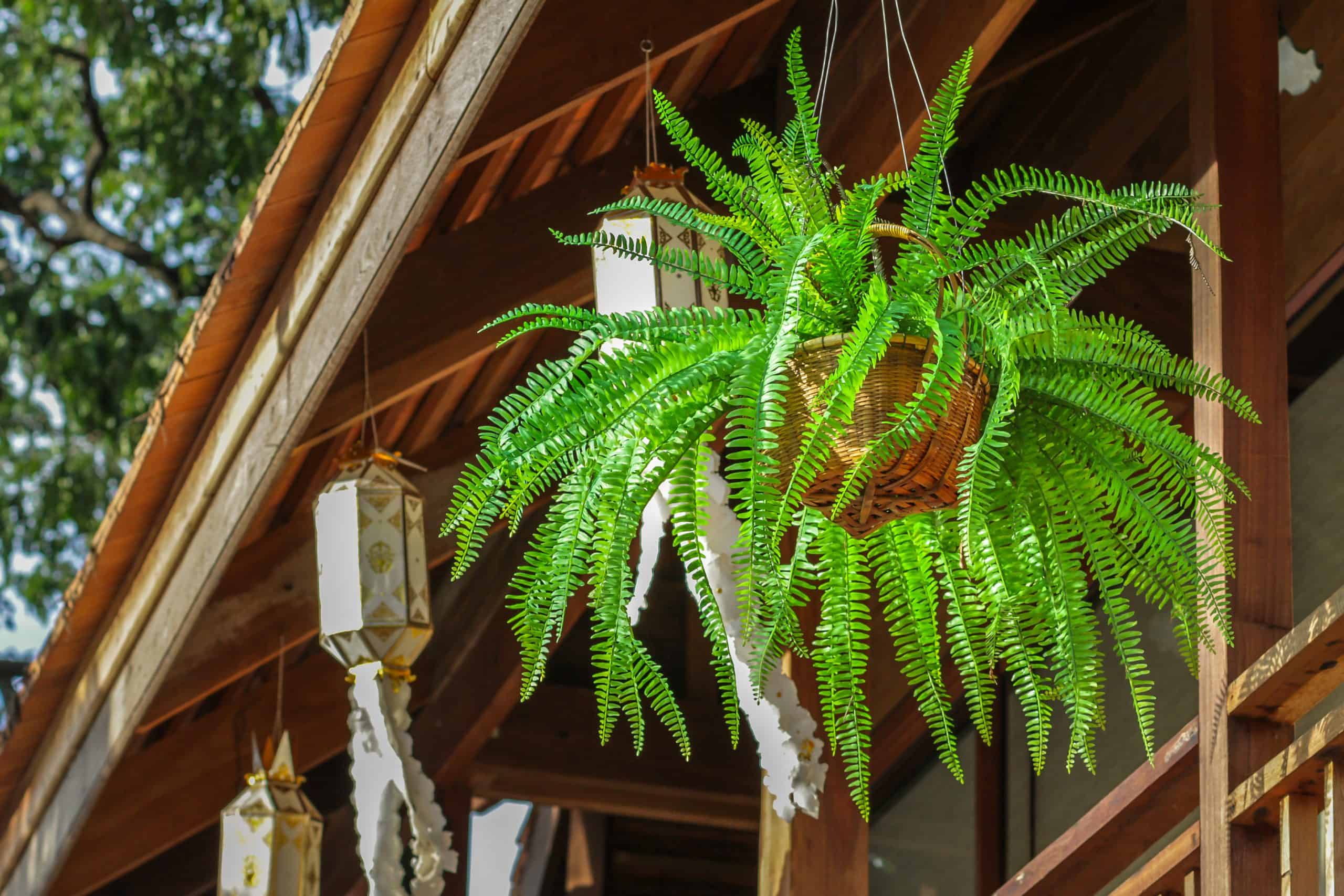

Outdoor Furniture
How To Care For An Outdoor Fern
Modified: March 1, 2024
Learn how to properly care for your outdoor fern with our expert tips and advice. Keep your outdoor furniture looking beautiful and thriving with the right care and maintenance. Discover the best practices for outdoor fern care today!
(Many of the links in this article redirect to a specific reviewed product. Your purchase of these products through affiliate links helps to generate commission for Storables.com, at no extra cost. Learn more)
Introduction
Welcome to the wonderful world of outdoor ferns! These exquisite plants bring a touch of lush greenery and natural elegance to any outdoor space, whether it's a cozy patio, a sprawling garden, or a charming balcony. With their delicate fronds and graceful demeanor, outdoor ferns have the remarkable ability to infuse a sense of tranquility and serenity into their surroundings.
Caring for outdoor ferns is a rewarding endeavor that allows you to cultivate a thriving oasis of greenery while connecting with nature. Whether you're a seasoned gardener or a newcomer to the enchanting realm of plant care, this comprehensive guide will equip you with the knowledge and insights needed to nurture your outdoor ferns with love and expertise.
Throughout this article, we'll delve into the essential aspects of outdoor fern care, from selecting the perfect location for your ferns to providing optimal watering, soil, and maintenance. Additionally, we'll explore strategies for safeguarding your ferns against pests and diseases, as well as offering guidance on preparing them for the winter months.
So, grab your gardening gloves and get ready to embark on a fulfilling journey of tending to your outdoor ferns. With the right care and attention, you'll witness these captivating plants flourish and thrive, enhancing the beauty of your outdoor living space and bringing joy to your heart with their timeless allure.
Key Takeaways:
- Embrace the art of nurturing outdoor ferns by choosing the perfect location with filtered sunlight, gentle air circulation, and higher humidity levels to create a flourishing haven of greenery.
- Protect your outdoor ferns from pests and diseases by maintaining a clean environment, embracing natural remedies, and implementing preventive care to sustain their resilience and natural beauty.
Read more: How To Winterize Outdoor Ferns
Choosing the Right Location
When it comes to cultivating healthy and vibrant outdoor ferns, selecting the ideal location is paramount. Outdoor ferns thrive in environments that mimic their natural habitat, where they can bask in dappled sunlight and benefit from the gentle caress of a cool, refreshing breeze. Here are some key considerations to keep in mind when choosing the perfect spot for your outdoor ferns:
- Light Conditions: Outdoor ferns typically prefer filtered or indirect sunlight. Placing them in a location with too much direct sunlight can scorch their delicate fronds, while inadequate light may hinder their growth. Opt for areas with partial shade or where they can receive morning sunlight and afternoon shade.
- Air Circulation: Adequate air circulation is essential for outdoor ferns to thrive. Choose a location that allows for gentle air movement, as stagnant air can create a breeding ground for pests and diseases. Avoid areas with heavy drafts or strong winds that can damage the delicate fronds.
- Humidity Levels: Outdoor ferns adore humid environments, so it’s beneficial to position them in areas with naturally higher humidity levels. Consider placing them near a water feature, such as a fountain or pond, or in the vicinity of other moisture-loving plants to enhance the ambient humidity.
- Temperature: While outdoor ferns are generally resilient, they have specific temperature preferences. Aim to position them in locations with moderate temperatures, avoiding extreme heat or cold. Shield them from harsh midday sun during the hotter months and protect them from frost during the colder seasons.
By carefully evaluating these factors, you can create an optimal setting for your outdoor ferns to flourish. Whether adorning a shaded corner of your garden, gracing the edges of a tranquil pond, or adding a touch of greenery to your porch, the right location will provide the perfect backdrop for your outdoor ferns to thrive and enchant with their graceful beauty.
Watering and Humidity
Proper watering and humidity management are essential components of nurturing healthy and vibrant outdoor ferns. These moisture-loving plants thrive in environments with consistent, moderate moisture levels and high humidity, closely resembling their natural woodland habitats. Here’s how you can ensure your outdoor ferns receive the hydration and humidity they crave:
- Consistent Moisture: Outdoor ferns appreciate consistently moist soil, but it’s crucial to avoid waterlogged conditions. Aim to water them regularly, ensuring that the soil remains evenly moist without becoming saturated. During hot and dry periods, monitor the soil moisture closely to prevent it from drying out.
- Watering Technique: When watering outdoor ferns, it’s best to use a gentle, slow-dripping method to allow the water to penetrate the soil gradually. This approach prevents excessive runoff and ensures that the roots can effectively absorb the moisture. Additionally, avoid wetting the delicate fronds excessively, as this can make them susceptible to fungal issues.
- Humidity Enhancement: In environments with low natural humidity, such as arid climates or indoor spaces, consider implementing strategies to boost the ambient moisture levels around your outdoor ferns. This can be achieved by misting the foliage regularly, grouping ferns together to create a microclimate of increased humidity, or placing a humidifier nearby to maintain an optimal moisture balance.
- Drainage Considerations: While outdoor ferns thrive in moist conditions, it’s crucial to ensure that the planting containers or soil beds have adequate drainage. Excess water should be able to drain freely to prevent waterlogging, which can lead to root rot and other moisture-related issues.
By prioritizing proper watering techniques and humidity management, you can provide your outdoor ferns with the nurturing environment they need to thrive. With attentive care and a mindful approach to moisture regulation, you’ll witness your ferns flourishing with luxuriant fronds and exuding an aura of natural beauty in their surroundings.
Soil and Fertilization
The soil composition and fertilization regimen play pivotal roles in supporting the health and vitality of outdoor ferns. These exquisite plants thrive in well-draining, nutrient-rich soil that mirrors the organic, humus-rich substrates found in their native woodland habitats. By understanding the ideal soil conditions and implementing a suitable fertilization strategy, you can provide your outdoor ferns with the essential nourishment they need to thrive.
- Well-Draining Soil: Outdoor ferns prefer soil that offers excellent drainage while retaining ample moisture. A high-quality potting mix formulated for ferns or a blend of peat moss, perlite, and compost can create an optimal growing medium. Avoid heavy, compacted soils that can impede drainage and lead to waterlogged conditions.
- Acidic pH: Ferns typically thrive in slightly acidic to neutral soil with a pH range of 5.5 to 7.0. Test the soil pH periodically and make adjustments using organic amendments, such as pine bark or compost, to maintain an environment conducive to fern growth.
- Fertilization Approach: Outdoor ferns benefit from regular, light fertilization during the growing season to supplement their nutrient intake. Choose a balanced, water-soluble fertilizer specifically formulated for ferns or other acid-loving plants. Apply the fertilizer at half the recommended strength every 4-6 weeks to avoid over-fertilization, which can harm the delicate root system.
- Organic Matter Enrichment: Incorporating organic matter into the soil, such as well-rotted compost or leaf mold, can enhance its structure and fertility. This organic enrichment promotes beneficial microbial activity and provides a sustainable source of nutrients for the ferns, contributing to their overall well-being.
By cultivating a nurturing environment with well-aerated, nutrient-rich soil and implementing a balanced fertilization regimen, you can empower your outdoor ferns to thrive and grace your outdoor space with their verdant beauty. With the right soil foundation and a mindful approach to organic nourishment, your ferns will flourish and enchant with their lush, vibrant fronds, captivating all who encounter their timeless allure.
Water your outdoor fern regularly, keeping the soil consistently moist but not waterlogged. Provide it with indirect sunlight and a humid environment, such as misting the leaves or placing a tray of water nearby.
Pruning and Maintenance
Pruning and maintenance are integral aspects of caring for outdoor ferns, contributing to their overall health, aesthetics, and longevity. By implementing regular pruning practices and attentive maintenance routines, you can ensure that your ferns remain vigorous and visually appealing, enhancing the charm of their outdoor setting. Here’s how you can effectively manage the pruning and maintenance needs of your outdoor ferns:
- Frond Trimming: Periodically inspect your outdoor ferns for any discolored, damaged, or withered fronds. Gently remove these unsightly or unhealthy fronds at their base using clean, sharp pruning shears. This not only improves the fern’s appearance but also redirects its energy toward producing new, healthy growth.
- Division and Propagation: If your outdoor ferns become overcrowded or develop dense clumps, consider dividing them to promote better air circulation and prevent overcrowding. Carefully separate the root mass into smaller sections and replant them in suitable locations. Additionally, ferns can be propagated by spores or division, allowing you to expand your fern collection or share their beauty with others.
- Weed Control: Regularly inspect the vicinity of your outdoor ferns for invasive weeds or encroaching vegetation. Remove any unwanted plant growth to prevent competition for nutrients and minimize the risk of pests and diseases taking hold in the vicinity of the ferns.
- Container Maintenance: If your outdoor ferns are cultivated in containers, assess the pots for adequate drainage, and repot them as needed to prevent root binding and maintain optimal soil conditions. Gently loosen compacted roots during repotting to encourage healthy growth and vigor.
By incorporating these pruning and maintenance practices into your care routine, you can foster the well-being and visual appeal of your outdoor ferns, ensuring that they remain a captivating focal point in your outdoor space. With a little attention and the occasional trim, your ferns will continue to thrive, gracing their surroundings with their timeless elegance and enchanting allure.
Read more: How To Trim Outdoor Ferns
Pests and Diseases
Protecting outdoor ferns from potential pests and diseases is crucial for maintaining their health and vitality. These resilient plants, while generally resistant to many common garden issues, can occasionally encounter challenges that require vigilant monitoring and proactive management. By familiarizing yourself with potential threats and implementing preventive measures, you can safeguard your outdoor ferns from the detrimental effects of pests and diseases.
- Common Pests: Keep a watchful eye for common pests that may affect outdoor ferns, such as aphids, scale insects, and mites. Regularly inspect the foliage for signs of infestation, including stippling, webbing, or distorted growth. If pests are detected, consider using gentle, natural remedies like insecticidal soap or neem oil to mitigate the infestation while minimizing harm to beneficial insects.
- Fungal Issues: Outdoor ferns are susceptible to certain fungal diseases, particularly in environments with high humidity or inadequate air circulation. Watch for signs of leaf spot, powdery mildew, or root rot, and promptly address any issues by improving ventilation, adjusting watering practices, and, if necessary, using fungicidal treatments approved for ferns.
- Preventive Care: Maintain a clean and tidy environment around your outdoor ferns, removing fallen debris and decaying plant matter that can harbor pests and pathogens. Additionally, avoid overwatering, as excessively moist conditions can create an environment conducive to fungal growth and root-related issues.
- Integrated Pest Management: Embrace an integrated approach to pest and disease management, incorporating cultural practices, biological controls, and, when necessary, targeted treatments that minimize the impact on the surrounding ecosystem. Encourage natural predators of garden pests and strive to create a balanced, resilient ecosystem in which your outdoor ferns can thrive.
By remaining vigilant and proactive in addressing potential pest and disease concerns, you can fortify the resilience of your outdoor ferns and sustain their natural beauty. With a keen eye for early signs of trouble and a commitment to preventive care, you can create an environment where your ferns can flourish, unfurling their graceful fronds and captivating all who behold their timeless allure.
Winter Care
As the seasons transition and the colder months approach, providing appropriate winter care for your outdoor ferns is essential to ensure their well-being and resilience. While outdoor ferns exhibit remarkable adaptability, certain considerations and protective measures can help them withstand the challenges posed by winter’s chill. By implementing thoughtful strategies and protective measures, you can safeguard your outdoor ferns and help them thrive despite the seasonal changes.
- Protection from Frost: When frosty conditions are imminent, shield your outdoor ferns from the cold by covering them with frost cloths or lightweight blankets during the evening. This protective layer can insulate the plants and safeguard them from the detrimental effects of freezing temperatures.
- Reduced Watering: As temperatures drop, outdoor ferns enter a period of reduced growth and dormancy. Adjust your watering practices accordingly, allowing the soil to dry out slightly between waterings to prevent waterlogged conditions. Be mindful of the moisture levels, as excessive dampness during winter can compromise the health of the ferns.
- Pruning Considerations: In preparation for winter, assess your outdoor ferns for any damaged or unsightly fronds and gently trim them as needed. This not only enhances the plants’ appearance but also redirects their energy toward maintaining their overall vigor during the dormant period.
- Sheltered Locations: If feasible, consider relocating potted outdoor ferns to sheltered areas, such as a covered porch or a protected alcove, to shield them from harsh winter winds and extreme temperature fluctuations. This can provide an added layer of protection against the elements.
By implementing these winter care practices and protective measures, you can fortify your outdoor ferns against the challenges of the colder months, ensuring that they emerge from winter’s embrace with vitality and grace. With thoughtful attention and a nurturing touch, your ferns will continue to enchant and inspire, gracing your outdoor space with their enduring allure and timeless beauty.
Conclusion
Caring for outdoor ferns is a gratifying journey that invites you to cultivate a harmonious bond with nature while enhancing the beauty of your outdoor living space. By embracing the essential principles of fern care and nurturing these exquisite plants with love and expertise, you can create a flourishing haven of greenery that captivates the senses and uplifts the spirit.
From selecting the perfect location that embraces their light, air, and humidity needs to providing consistent moisture and enriching soil, every aspect of outdoor fern care contributes to their vitality and visual splendor. Embracing the art of pruning and maintenance ensures that your ferns remain vigorous and visually appealing, while proactive pest and disease management safeguards their resilience and natural beauty.
As the seasons transition, the thoughtful application of winter care practices protects your outdoor ferns from the challenges of colder temperatures, ensuring that they emerge from winter’s embrace with renewed vigor and grace.
Ultimately, the care and attention you invest in your outdoor ferns yield a bountiful reward, as these captivating plants unfurl their delicate fronds and infuse your outdoor sanctuary with timeless allure. Their verdant elegance and tranquil presence become a source of joy and inspiration, inviting you to revel in the splendor of nature’s artistry.
So, as you embark on this fulfilling journey of tending to your outdoor ferns, may your efforts be met with flourishing greenery, serene beauty, and an enduring connection to the natural world. With each nurturing touch and mindful gesture, you contribute to a tapestry of natural splendor, where outdoor ferns stand as timeless symbols of grace and enchantment, enriching your outdoor haven with their timeless allure.
Frequently Asked Questions about How To Care For An Outdoor Fern
Was this page helpful?
At Storables.com, we guarantee accurate and reliable information. Our content, validated by Expert Board Contributors, is crafted following stringent Editorial Policies. We're committed to providing you with well-researched, expert-backed insights for all your informational needs.
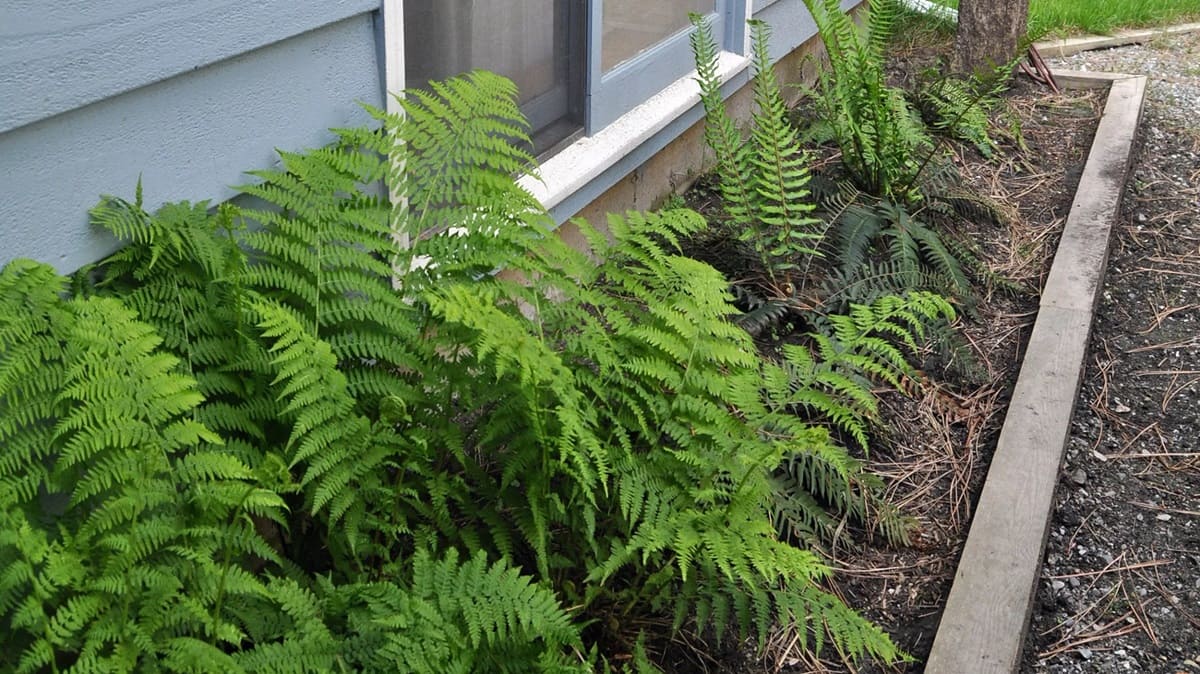
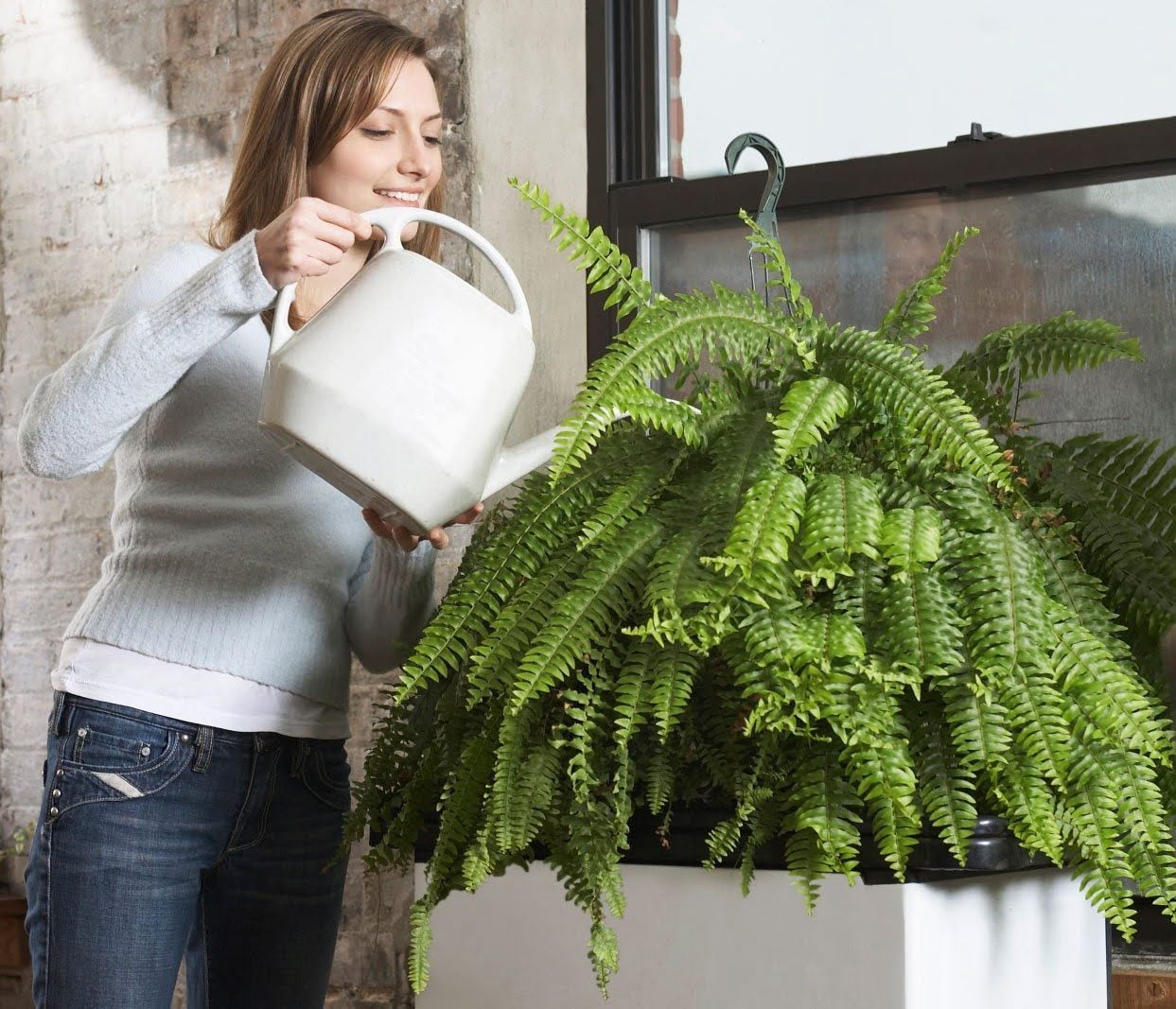
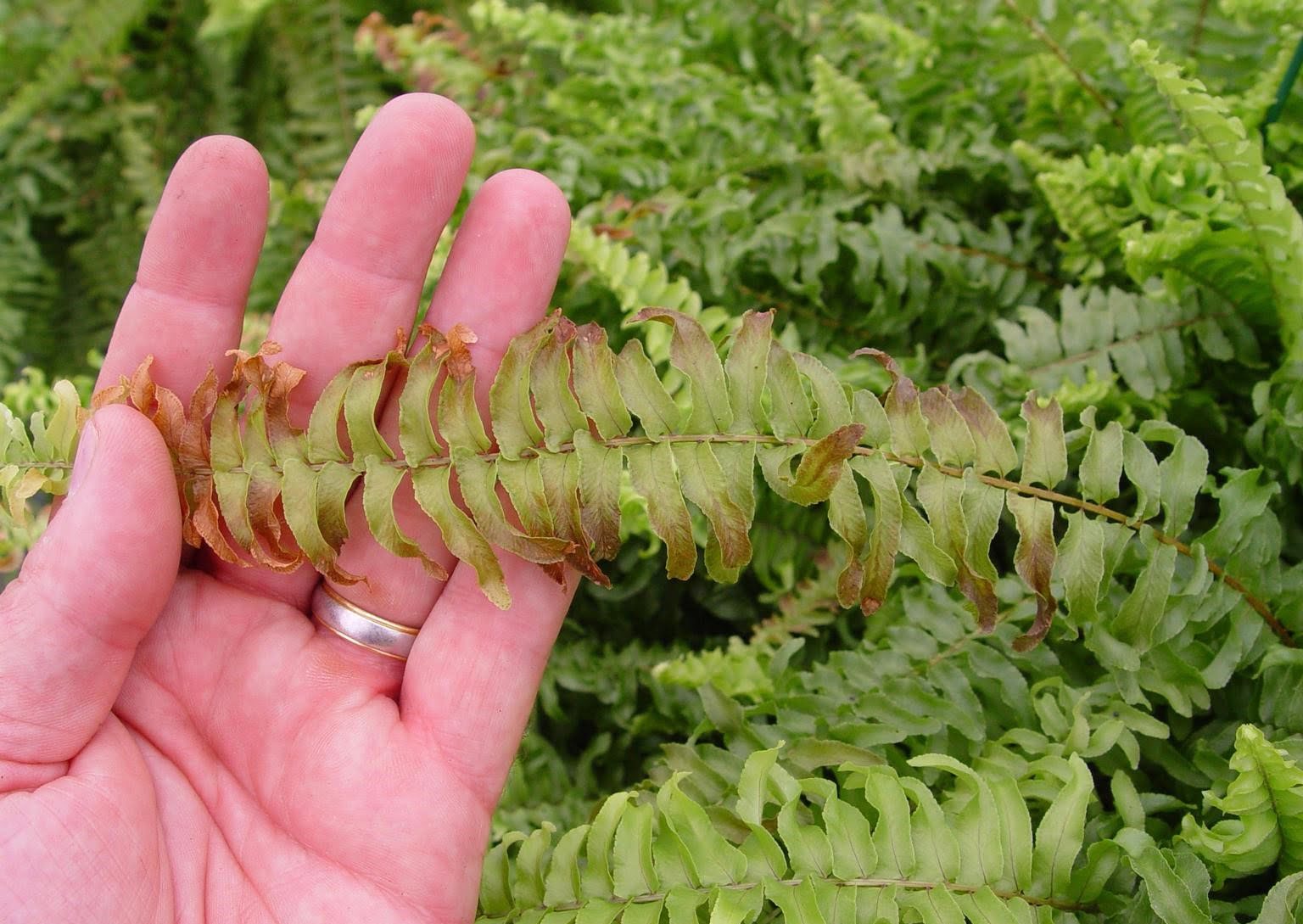

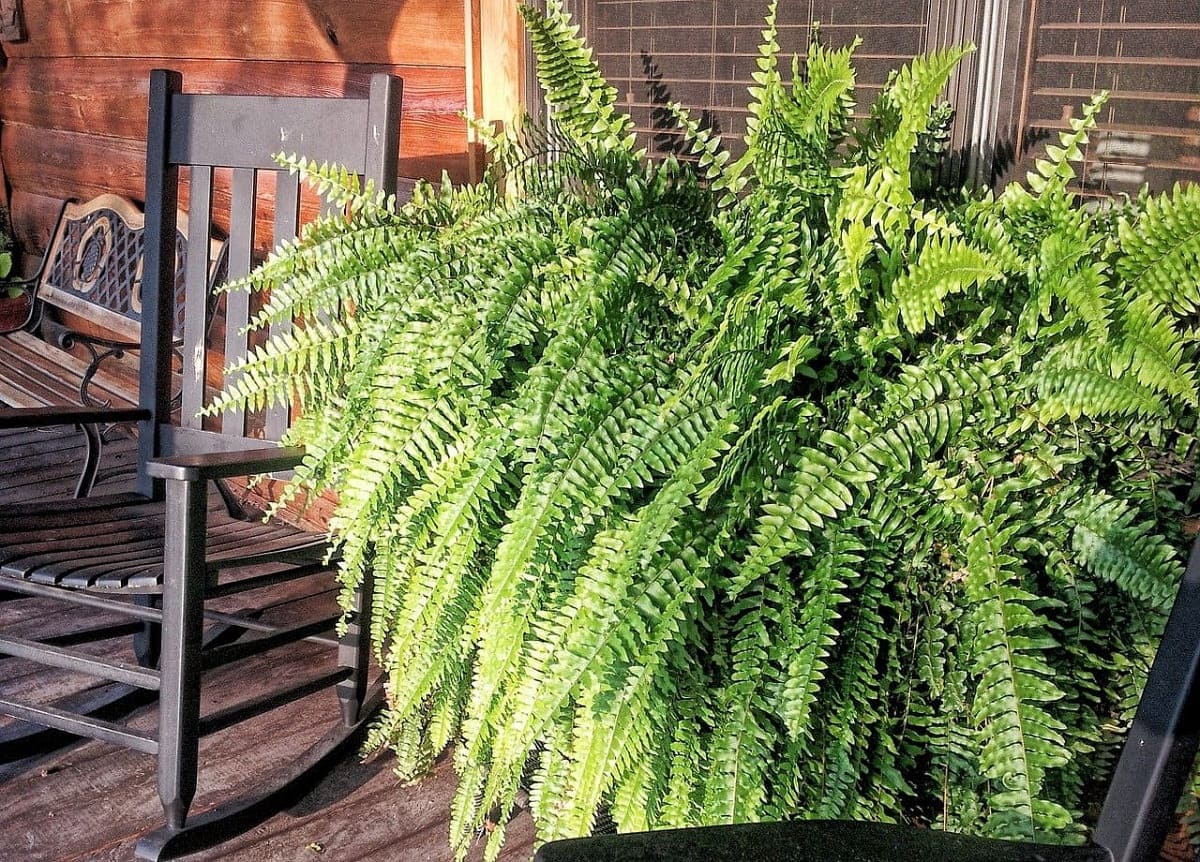
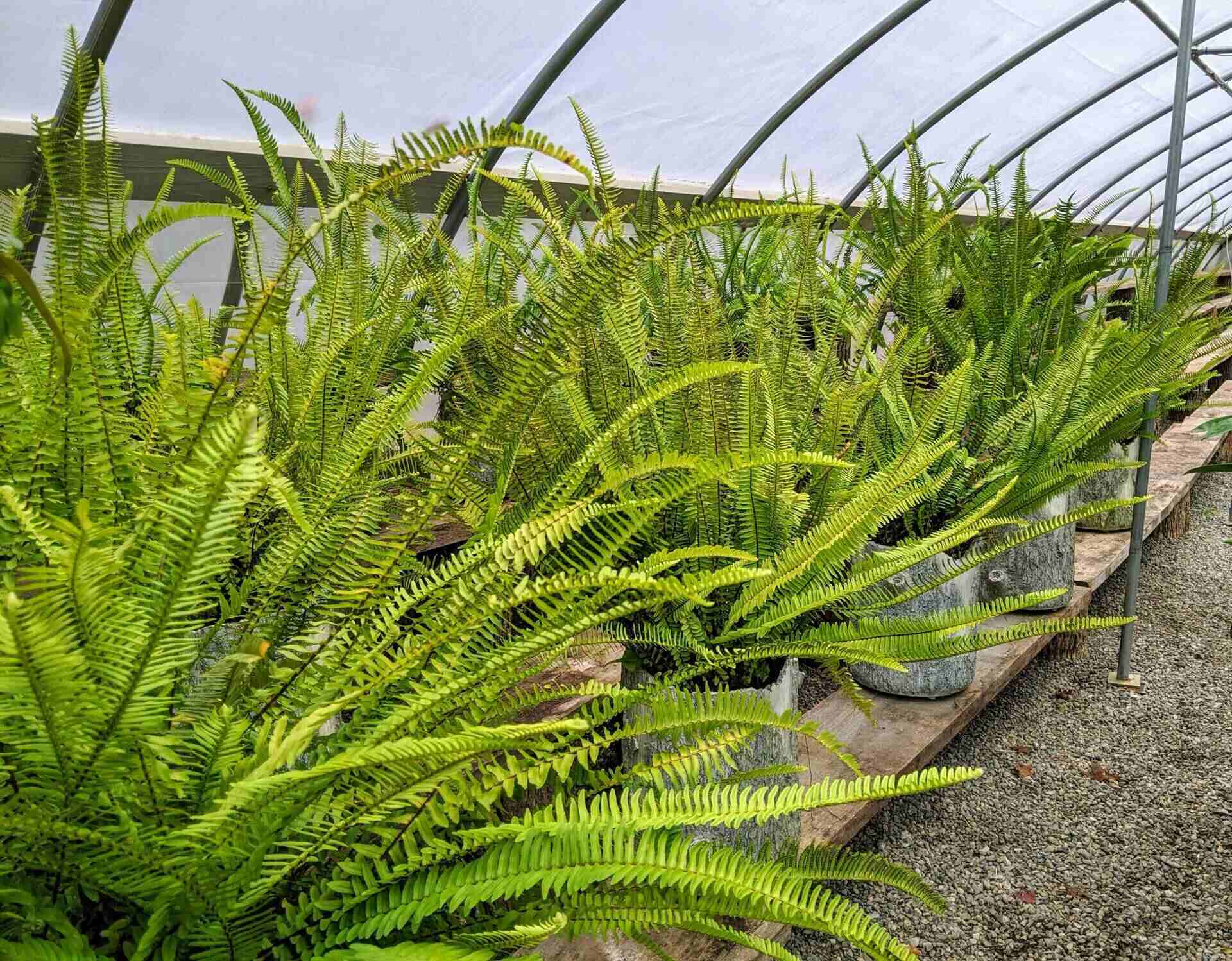

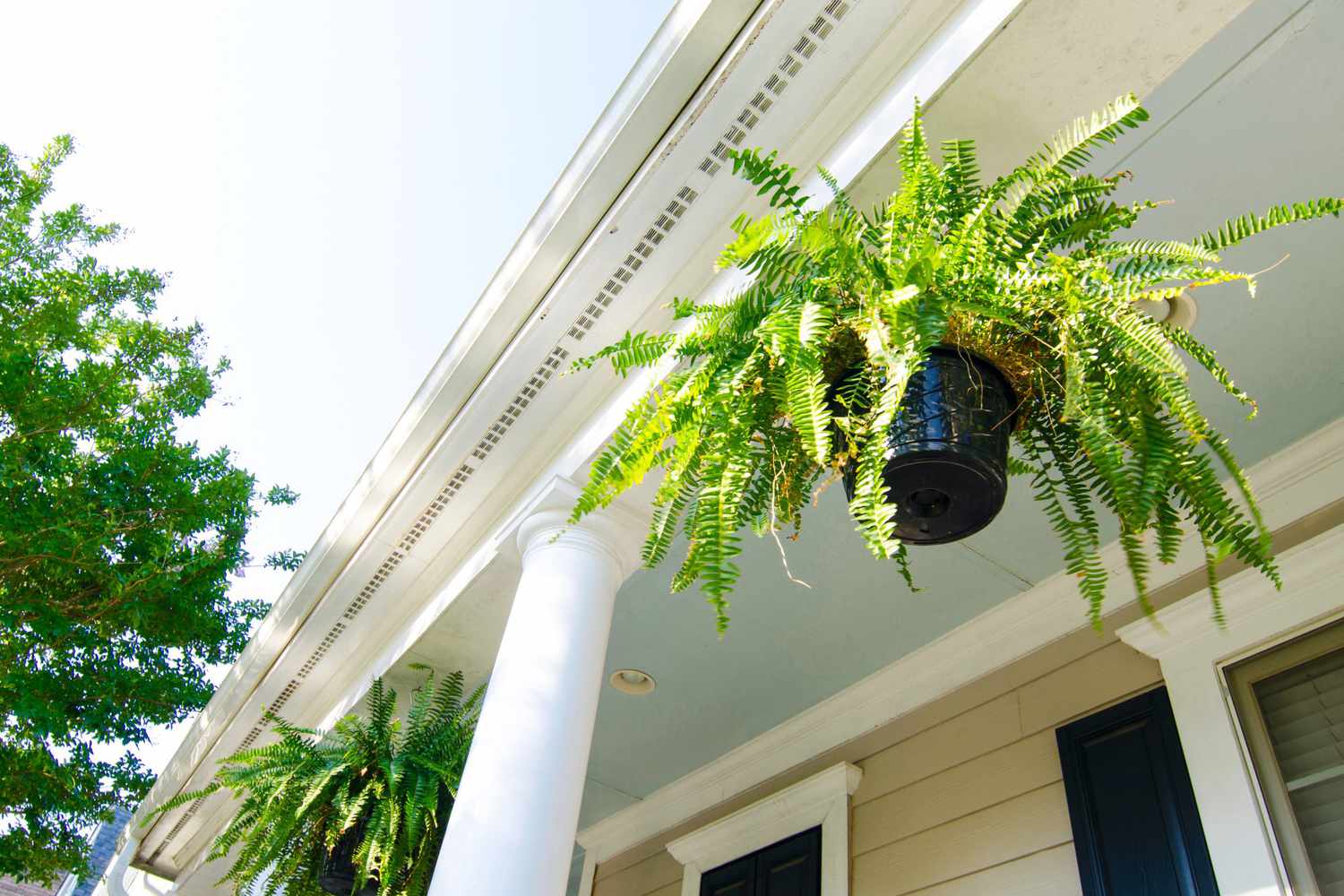

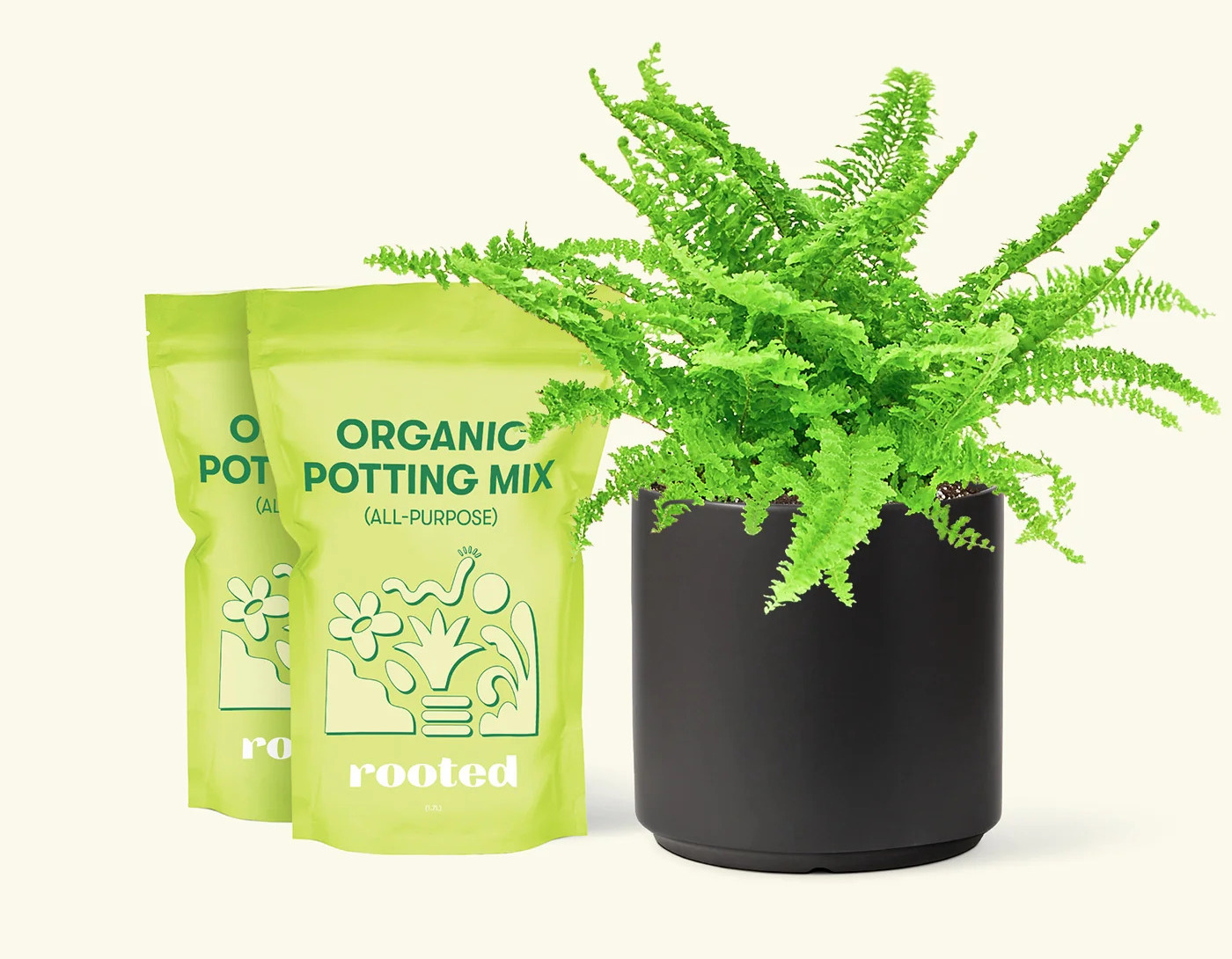
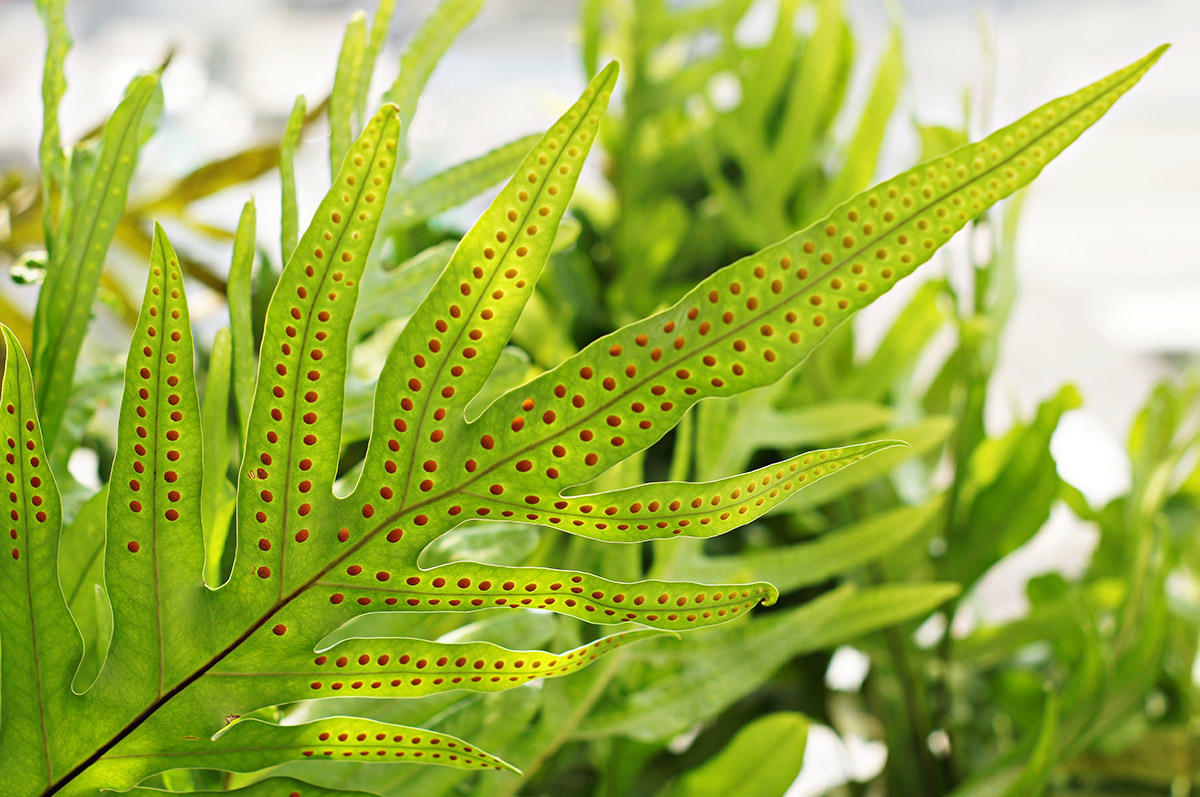


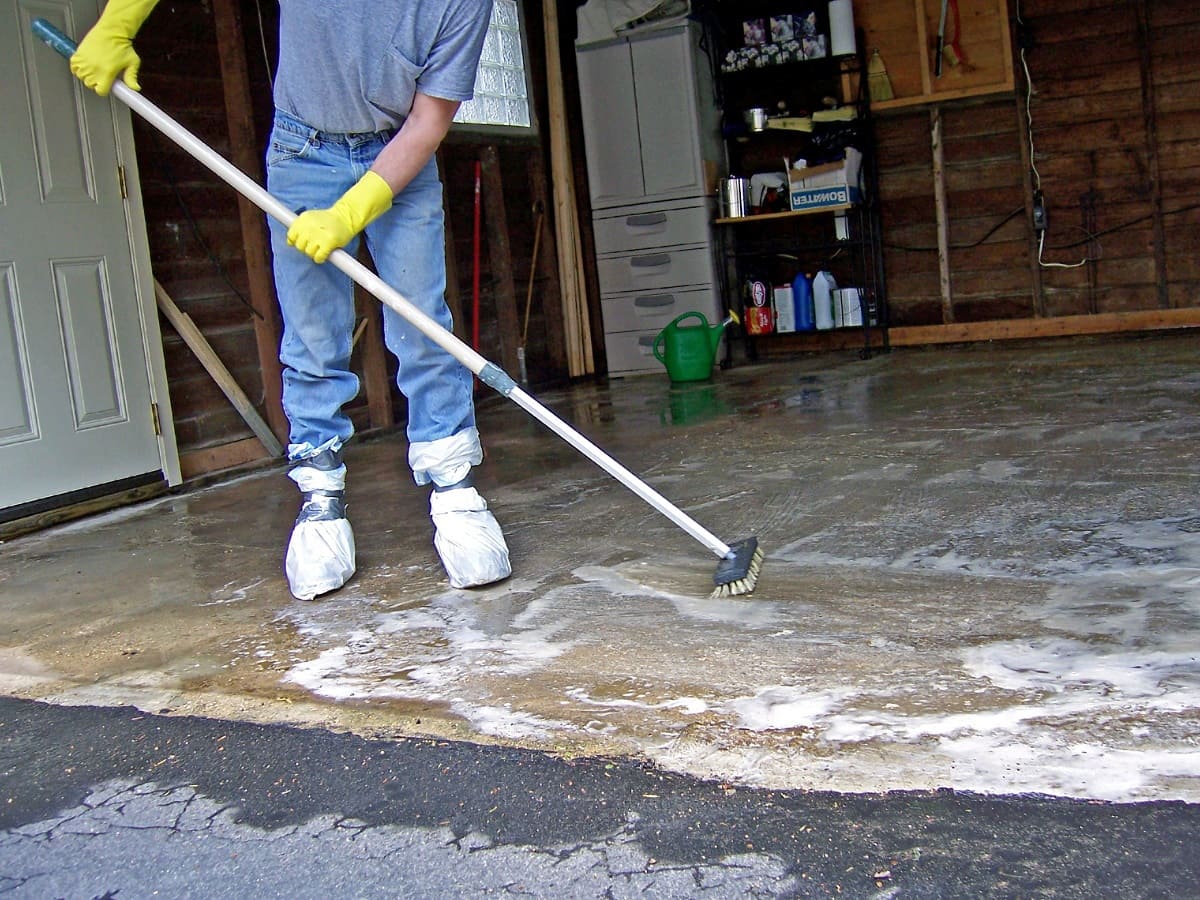

0 thoughts on “How To Care For An Outdoor Fern”